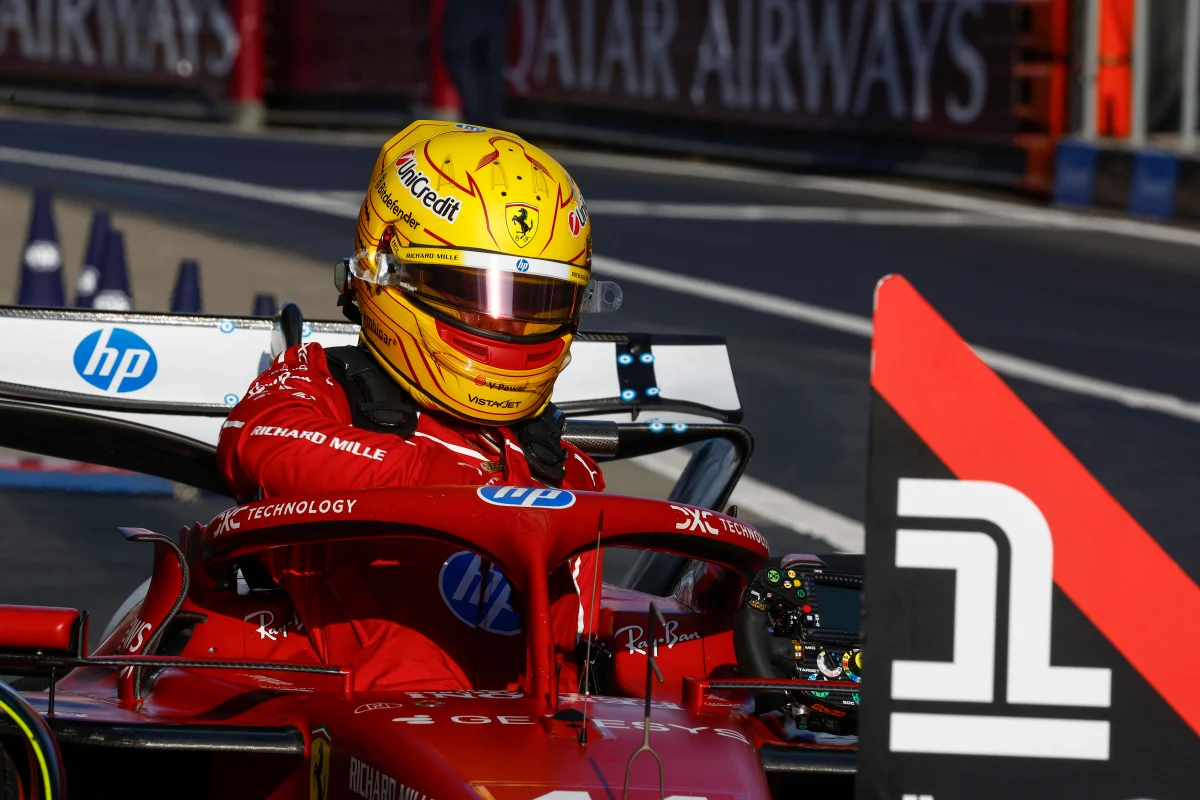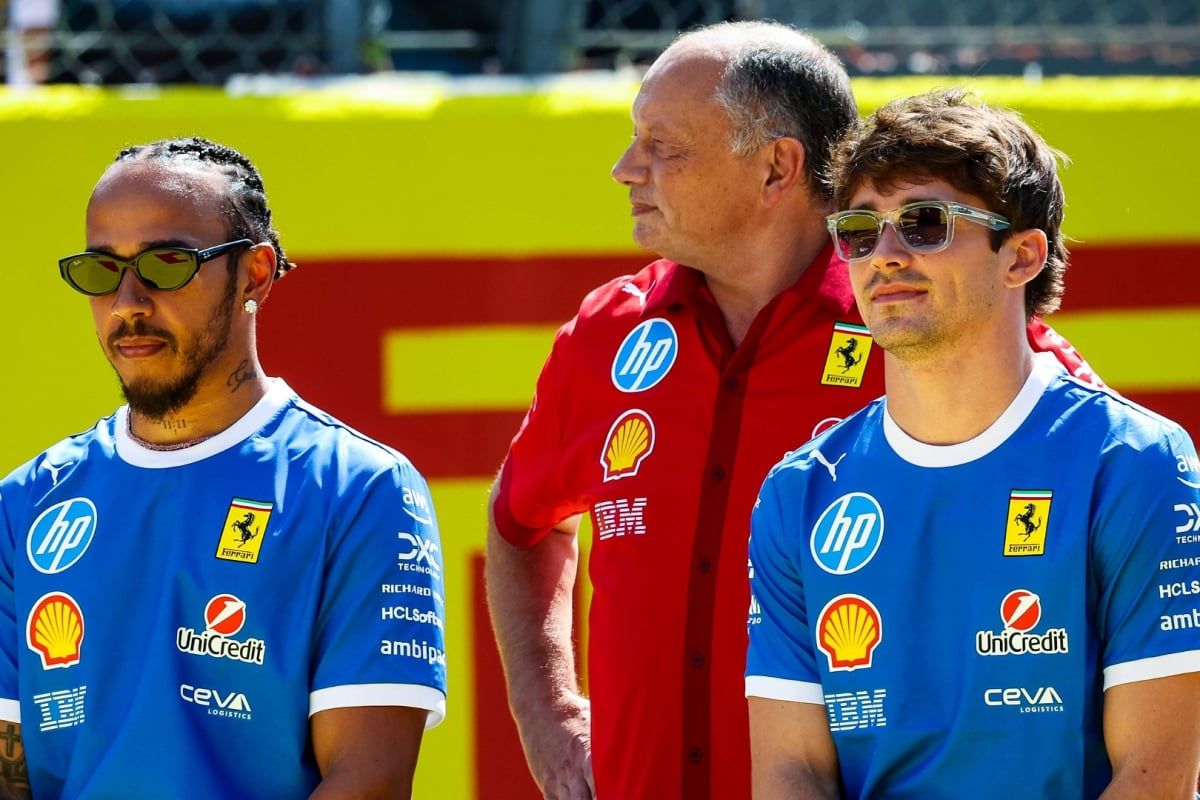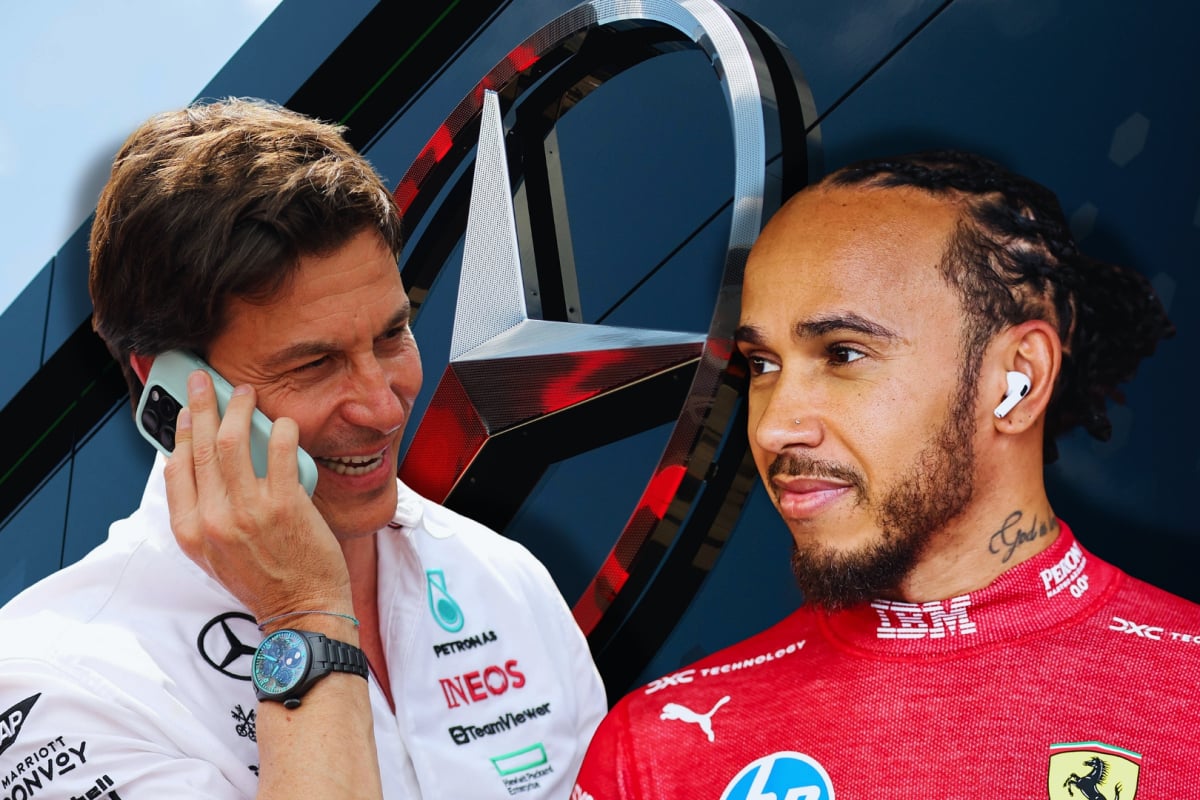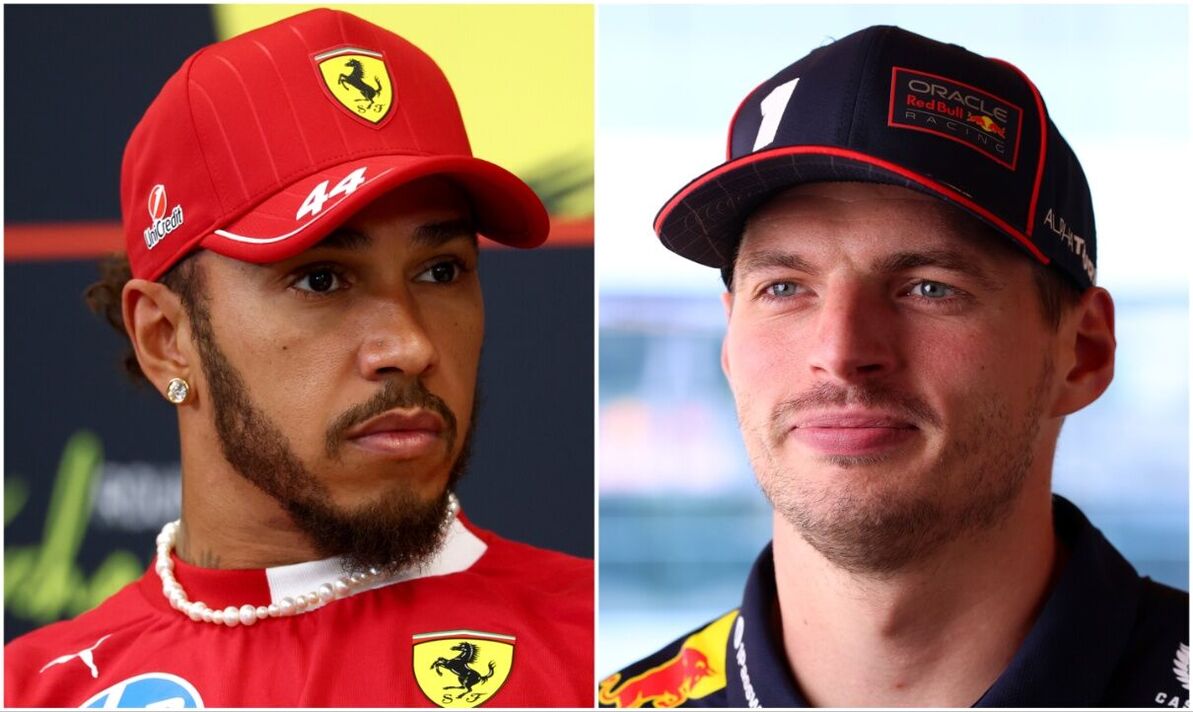SF-25 Upgrade Poses Challenges for Hamilton’s S…read more
The 2025 Formula 1 season has proven to be a challenging one for Scuderia Ferrari, a team with high expectations but dwindling results. With the Austrian Grand Prix looming, Ferrari is pinning its hopes on a major upgrade package that could potentially reverse its fortunes. However, even with new parts fitted to the car, there remains an air of uncertainty—particularly from seven-time world champion Lewis Hamilton.
Hamilton, who made the high-profile switch to Ferrari this season, has openly acknowledged that while he’s glad to have received the latest upgrade on the SF-25, it has so far failed to deliver the kind of clear feedback he is accustomed to. Speaking ahead of the weekend at Spielberg, the British driver admitted the new components are not providing the “normal information” that drivers and engineers typically rely on to evaluate performance.
“I’m happy to have the upgrade,” Hamilton stated, “but it’s not giving the usual kind of data or feel you’d expect from a development like this. We’re still figuring it out.”
This candid admission comes during what can only be described as a rocky season for both Hamilton and Ferrari. Since joining the Italian squad, Hamilton has faced a steep learning curve in adapting to the SF-25, a car that has shown flashes of competitiveness but suffers from inconsistency. While Charles Leclerc, Hamilton’s teammate, has managed to extract some strong performances from the package—including three podium finishes and regular points-scoring results—Hamilton has yet to find the same level of comfort and consistency behind the wheel.
Leclerc currently sits well ahead of Hamilton in the drivers’ standings, showcasing a much more stable relationship with the SF-25. This disparity has only increased the pressure on Hamilton, whose switch from Mercedes was meant to be a fresh chapter and potential revival of Ferrari’s championship ambitions.
The new upgrade, brought to the Austrian Grand Prix, was developed in hopes of addressing some of the SF-25’s fundamental weaknesses—particularly in high-speed cornering and tire degradation. Ferrari engineers have worked tirelessly on wind tunnel tests and simulations, aiming to unlock more downforce without sacrificing the car’s balance. But Hamilton’s remarks suggest that the initial real-world performance of the package hasn’t been as straightforward as anticipated.
Hamilton’s comments could point to setup challenges or a mismatch between simulation data and on-track behavior. This is not uncommon with major upgrade packages, especially when introduced mid-season. Teams often need several sessions or even full race weekends to optimize new components fully. Still, the fact that Hamilton is expressing confusion rather than optimism is telling.
Despite the mixed signals, Ferrari remains hopeful that with further tuning, the upgrades can lead to a performance breakthrough. The team is under pressure to bounce back quickly—not just for their championship campaign but also to provide their high-profile signing with a competitive platform. Whether this weekend in Austria will mark a turning point or another frustrating chapter remains to be seen.
For now, Hamilton’s “not normal” verdict serves as a clear indication that while progress may be coming, it won’t be instantaneous.




